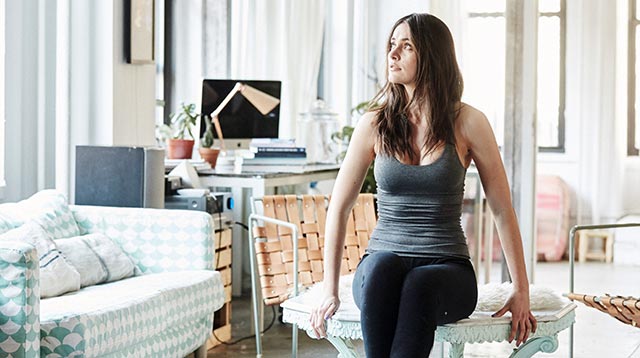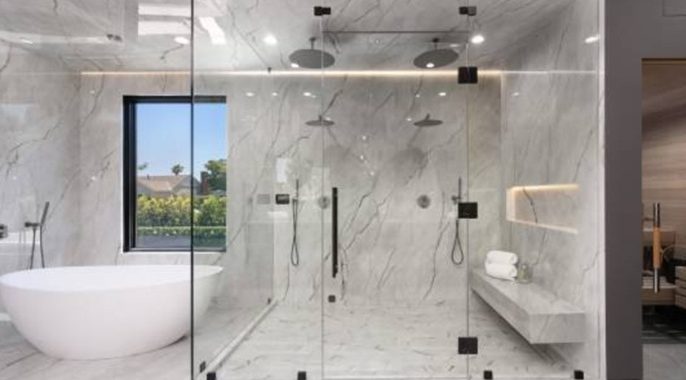Apartments: The Evolving Heart of Urban Living
The apartment, once considered simply a practical solution for those seeking affordable housing, has emerged as a multifaceted and dynamic space central to modern urban life. As cities continue to grow and evolve, apartments have transformed from mere places of residence into integral components of lifestyle, culture, and design. In many ways, the apartment represents the very essence of city living—offering convenience, community, and a platform for self-expression. This shift has been driven by several factors, including the increasing demand for urban spaces, changing family structures, and advancements in design and technology. In this article, we will explore the changing landscape of apartments, the various types available, and how they are shaping contemporary living.
The Rise of the Apartment
Historically, apartments began as a practical solution to overcrowding in rapidly industrializing cities. In the 19th century, as urban populations swelled, multi-family buildings emerged to house the growing number of workers moving into cities. These early apartments were typically simple, often with shared amenities and cramped living quarters. However, with time, apartments began to take on a more diverse and sophisticated role.
The 20th century saw the rise of high-rise apartment buildings, particularly in major cities like New York, London, and Tokyo. Architects and designers began to incorporate more luxurious elements, turning apartments into spaces of comfort and elegance. The idea of apartment living as a choice, rather than a necessity, gained traction, particularly among young professionals, retirees, and urbanites seeking a minimalist lifestyle without the upkeep of a traditional house.
Today, apartments are not only functional; they are also reflections of personal taste and identity. With the advent of open-concept layouts, smart-home technology, and a greater emphasis on communal spaces, apartments have evolved into more than just living spaces—they are now part of a broader lifestyle choice.
Types of Apartments
The term “apartment” covers a wide range of living arrangements, from modest one-bedroom units to sprawling penthouses in the heart of metropolitan areas. The sheer diversity in apartment types allows individuals to select a living space that aligns with their lifestyle needs and personal preferences.
1. Studio Apartments
A studio apartment, often referred to as a bachelor apartment, is an ideal choice for those who value simplicity and efficiency. Typically small in size, studio apartments combine the living, dining, and sleeping areas into one open-plan space, with a separate bathroom. This compact design makes them popular among young professionals, students, and those living alone. While the limited space may pose a challenge, thoughtful design can make even the smallest studio feel spacious and functional.
2. One-Bedroom Apartments
The one-bedroom apartment is perhaps the most popular choice among renters, striking a balance between size and affordability. These apartments usually offer a separate bedroom, living room, and kitchen area. The additional bedroom makes them a suitable option for individuals who may have guests or need a space for work or hobbies. They are also favored by couples who prefer to maintain some degree of separation in their living areas.
3. Lofts
Loft apartments are typically large, open-plan spaces with high ceilings, large windows, and minimal interior walls. Originally, lofts were converted from industrial buildings such as warehouses or factories, but today, they can be found in many urban environments. Their spacious design offers a sense of freedom and flexibility that many urban dwellers appreciate. The industrial aesthetic, characterized by exposed brick, steel beams, and concrete floors, has become highly desirable among creatives and professionals alike.
4. Penthouse Apartments
Penthouse apartments, often located on the top floors of high-rise buildings, offer the epitome of luxury living. These expansive units usually feature high-end finishes, private terraces, and breathtaking views of the surrounding cityscape. With large living areas, multiple bedrooms, and top-tier amenities, penthouses cater to those seeking exclusivity, comfort, and privacy. They are often the homes of business moguls, celebrities, and other high-net-worth individuals who desire the finest living experience.
5. Duplex and Triplex Apartments
Duplex and triplex apartments are multi-level units that offer more space and a greater sense of privacy compared to traditional apartments. These types of apartments are often found in older buildings or new developments designed with a focus on luxury living. Duplex apartments typically span two floors, while triplex units extend over three. The multiple levels allow for distinct living, dining, and sleeping areas, which can be especially appealing to families or individuals who want more space without the maintenance of a house.
6. Shared Apartments
In contrast to the private apartment, shared apartments involve splitting a larger unit with other tenants. This arrangement is common among students, young professionals, and anyone looking to save on rent while still living in an urban environment. Shared apartments may have individual bedrooms, but common areas like the kitchen and living room are shared. Though they offer lower rent and the opportunity to build social connections, shared apartments can sometimes present challenges when it comes to privacy and communal living.
The Appeal of Apartment Living
Apartments have long been synonymous with the convenience and energy of city life, and their appeal continues to grow, especially among younger generations. With rising property prices and the increasing difficulty of homeownership, many individuals are opting to live in apartments rather than purchasing houses. The advantages of apartment living are numerous, and they extend far beyond cost considerations.
1. Location
One of the most significant advantages of apartment living is location. Apartments are often located in the heart of cities or within easy reach of public transportation, workplaces, restaurants, cultural institutions, and entertainment hubs. This central location makes apartments highly attractive to those who seek to be immersed in the vibrancy of urban life. Commuting times are often shorter, and the proximity to amenities like shops, gyms, and parks enhances the overall convenience.
2. Low Maintenance
Apartments generally require less upkeep than houses. For renters, this means fewer responsibilities in terms of repairs, lawn care, and exterior maintenance. Many apartment buildings offer on-site management and maintenance teams to address any issues, leaving tenants free to focus on their daily lives without the added stress of home maintenance.
3. Community and Security
Living in an apartment often provides a sense of community. Many apartment buildings feature communal areas such as lounges, fitness centers, and rooftop gardens, which encourage social interaction among residents. Additionally, apartment buildings tend to have more secure environments than standalone homes. Gated entrances, security personnel, and surveillance cameras provide an added layer of safety, giving residents peace of mind.
4. Amenities and Technology
Modern apartments come with a wide array of amenities that enhance the living experience. From fully equipped kitchens and in-unit washers and dryers to gym facilities, swimming pools, and concierge services, these features add both convenience and luxury to everyday life. Furthermore, the integration of smart-home technology, such as voice-controlled thermostats, automated lighting, and smart locks, makes apartment living more comfortable and connected.
The Future of Apartments
As cities continue to evolve, the design and function of apartments will likely continue to change. Future apartment buildings are expected to incorporate more sustainable and energy-efficient features, with an emphasis on green building practices. Smart technology will become even more integrated, with apartments offering advanced home automation systems that can be controlled via smartphones or voice commands.
Additionally, the rise of remote work and the ongoing trend toward flexible living will likely impact apartment designs. More individuals are seeking apartments with dedicated home office spaces and layouts that can accommodate different work-life needs. As a result, apartment developers may begin to focus more on creating multi-functional spaces that can easily transition from a living area to a workspace.
Conclusion
The apartment has long been a cornerstone of urban living, offering a unique blend of convenience, comfort, and design. Whether in a chic studio in a downtown high-rise or a sprawling penthouse overlooking the city, apartments have become more than just places to sleep—they are an essential part of the modern lifestyle. With diverse options, from compact studios to luxurious multi-level units, the apartment continues to cater to a wide range of individuals, each with their own needs, preferences, and aspirations. As cities grow and living spaces become more specialized, the apartment will remain a key player in shaping the way we live, work, and connect with the world around us.


 Factors to consider When Renting a condo
Factors to consider When Renting a condo  5 top Apartments in Portland
5 top Apartments in Portland  The Very Best Options That Come With Short Stay Serviced Apartments
The Very Best Options That Come With Short Stay Serviced Apartments  Holiday Apartments to book
Holiday Apartments to book  Advantages of Short Stay Serviced Apartments
Advantages of Short Stay Serviced Apartments  Sleek Bathroom Styles for Contemporary Coburg Homes
Sleek Bathroom Styles for Contemporary Coburg Homes